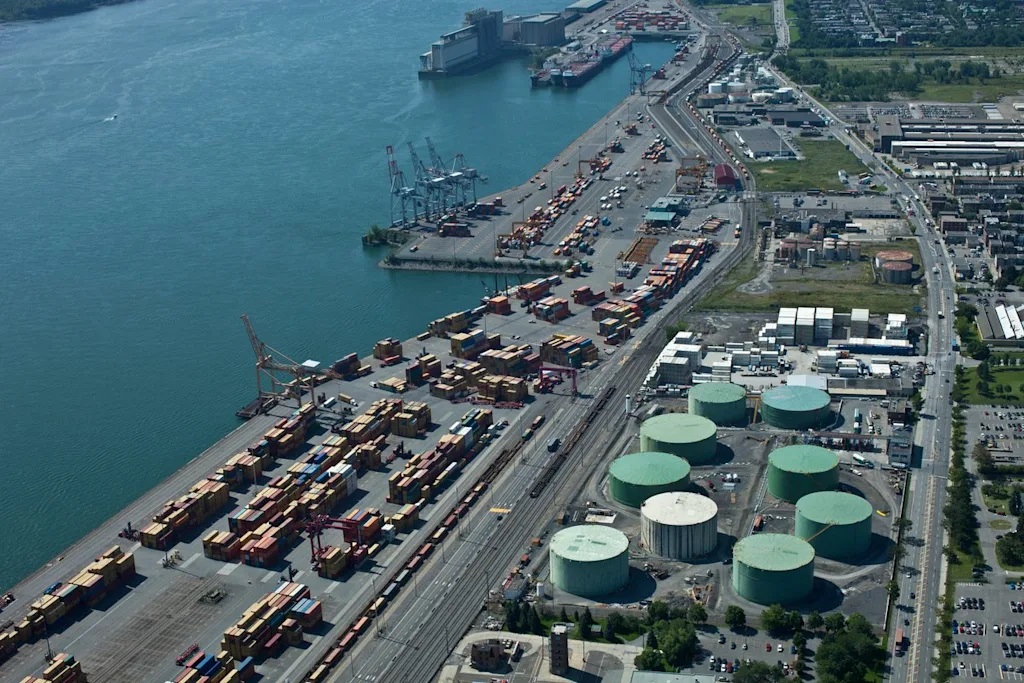The national supply chain faces many blockages. Trucks wait long hours near coastal ports. Ships anchor offshore for days. Warehouses near cities overflow with goods. These delays slow trade and raise costs. Inland ports now offer a new path. They move cargo away from crowded shores. They build space for better sorting and faster delivery. Each inland hub connects rail lines and highways. Goods travel shorter routes and reach more markets. The flow becomes smoother. The system becomes more balanced. The nation gains stronger trade movement.
Relieving Pressure on Coastal Hubs
Big ports handle huge amounts of freight daily. The load often exceeds their limits. Cranes work at full capacity. Containers pile high on docks. Workers rush to keep pace. Inland ports pull that pressure inland. Cargo shifts to less crowded zones. Rail networks take the heavy loads. This change opens room for ships to unload faster. Roads near ports see fewer delays. The balance between coastal and inland activity grows stronger. Each part supports the other. This cooperation reduces stress across the network.
Optimizing the Logistics Chain
The layout of logistics matters. Space near major ports is tight. Warehouses fill fast. Trucks circle for entry. Inland hubs use wider land areas. They plan rail yards beside storage zones. Loading points sit next to highways. The design reduces motion waste. Each movement has reason and order. Coordination between modes grows seamless. Goods switch from rail to road with ease. The outcome is less fuel use and lower cost. The flow becomes smarter. Efficiency grows without strain.
Improving the Nation’s Trade Flow
A stronger network supports national trade goals. When ports function smoothly the economy moves faster. Jobs increase in linked regions. Business finds new ground near inland ports. So rural areas gain fresh energy. Growth spreads across states. Trade routes expand into new corridors. Factories reach suppliers on time. Buyers meet demand without delay. The cycle repeats with steady gain. This balanced trade web strengthens the nation. The inland system makes movement continuous and stable.
Knowledge and Sustainability Together
As systems modernize new tools guide progress. Smart tracking follows each container across hubs. Data shows movement in real time. Managers adjust routes before delays form. Automation speeds loading work. Electric vehicles cut fuel use. Each step lowers emissions and saves cost. Inland ports design with clean goals. Solar energy powers yard lights.
Conclusion
Therefore the rise of inland hubs reshapes the map. Old port cities gain relief. New regions gain purpose. The inland ports in the US link farms factories and ports as one chain. Goods find faster paths across land. Communities find new business near these routes. The model proves clear and durable. It builds flexibility into national trade. If demand rises the system can adapt. If storms close a coast the inland routes stay open. The promise of a steady and unclogged network becomes true.


